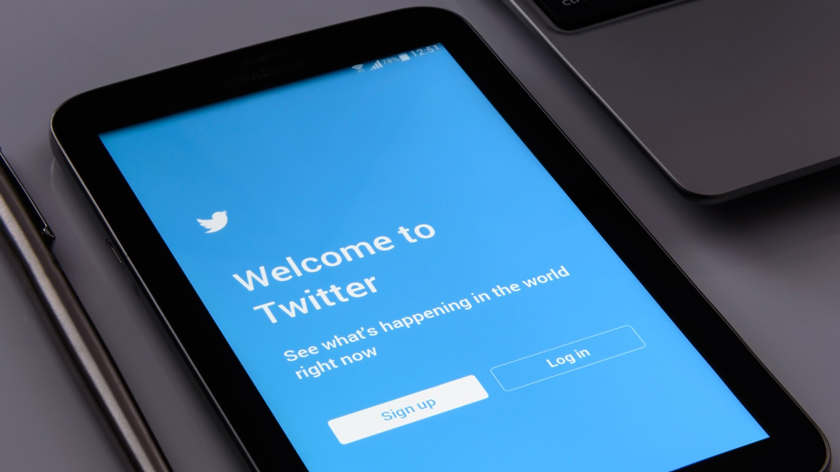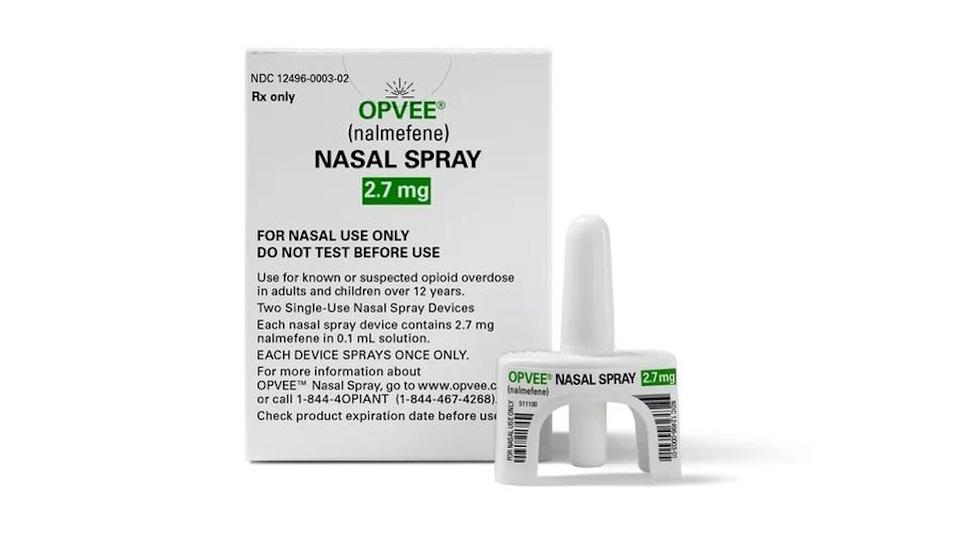Elon Musk, pharma, and the future of Twitter

Musk’s arrival at the social platform has raised questions for users, which includes pharma companies who use Twitter for marketing and patients who utilise it to engage with their medical communities. Ben Hargreaves explores how the current uncertainty surrounding Twitter could dissuade both from using the platform.
Elon Musk’s protracted takeover of Twitter has drawn attention ever since it was revealed that he had begun investing in the social media company at the beginning of the year. Eventually, Musk reached a deal to acquire the company in April, only to then attempt to cancel the agreement, as he raised questions over the level of spam accounts on the network. At the end of October, the deal finally went ahead at a cost of approximately $44 billion.
Despite the conclusion of the deal, the uncertainty has not ended there, with the major question being the future direction of the platform. According to Twitter, it has approximately 450 million monthly active users, and has an influential presence in many industries’ marketing strategy. Shortly after the purchase of Twitter, Musk stressed that he wanted to make Twitter the “most respected advertising platform in the world”. Boosting revenue through increased advertising, sweeping job cuts, and the ability to pay for a blue verified badge are some of the initial steps Musk has taken in attempt to strengthen Twitter’s financial position. However, the changes have not been without controversy.
Advertising backlash
Due to the unclear direction of the platform, as well as research showing an immediate increase in the levels of hate speech recorded on Twitter, some prominent advertisers are actually pausing their engagement with the platform. Musk was quoted as saying that Twitter needs to raise revenues if it is to avoid potential bankruptcy. As a result, the temporary loss of advertising income could hurt the business, and Musk reacted to the pausing of advertising by companies through a Tweet: “A thermonuclear name & shame is exactly what will happen if this continues.” The suggestion being that those businesses that choose to withdraw advertising could be publicly outed, which could negatively impact their business based on the social media influence of Musk.
The companies that have paused advertising on Twitter include some of the largest companies in the world, such as General Motors and Mondelez International. The list extends into the pharma industry, including Pfizer, GSK, and Novo Nordisk. On 14 November, Eli Lilly became a part of this group, after an account using its name and logo sent out a Tweet, which read: “We are excited to announce insulin is free now.” According to The Washington Post, the Tweet sparked a direct response by the pharma company to Twitter, requesting that the fake be removed. Not long after, Eli Lilly pulled its advertising from the platform.
Pharmaphorum spoke to Gareth Roberts, a digital marketing operations manager at Orientation Marketing, on whether more pharma companies could follow this lead. Roberts stated, “I think there’s enough to suggest that more pharmaceutical organisations, as well as organisations from other sectors, will follow suit and pause with Twitter.”
Going further, Roberts outlined that there could be some expectations of users themselves leaving the platform. On the general issues facing marketing companies engaging with Twitter, Roberts said, “Musk’s character also makes him unpredictable, making planning campaigns and content on the platform difficult.”
How to react
The difficulty in forward planning advertising campaigns for the platform is likely the reason that most companies have reacted by pausing activity, rather than outright leaving the platform. A spokesperson for ICUC, a social media management services company, told pharmaphorum that they are keeping their advice to companies neutral, as there are still too many unknowns at this stage of Musk’s takeover.
The spokesperson outlined what their recommendation would be to companies working on the platform, which inadvertently links back to the events that led Eli Lilly to stop its advertising on Twitter: “Review your escalation procedures and crisis plans. We never know when there will be a concerted effort to attack a brand online. With the current state of Twitter, the best bet is to proactively have a plan in place of how a situation might be triaged should a campaign arise against the brand.”
As well as emphasising just the uncertainties of Twitter’s new direction, Roberts added that he believes that, through Musk’s entrepreneurship, advertisers could likely expect better advertising and targeting capabilities for brands that stick with the platform. As a result, he recommended that brands using the platform continue their regular activity, with a view to following how the changes unfold.
More than advertising
However, for the healthcare and pharmaceutical industries, Twitter is not just a means of conveying a brand message – it also plays host to communities of healthcare professionals (HCPs) and patients. HCPs use the platform to share information, research, and talk to peers, while patients also do the same in relation to treatment options and experiences. The platform also allows the two groups to interact and view content from both parties, which can provide invaluable insights on both sides.
A major issue that these communities are now facing is because of the staff cuts made at Twitter. After taking over, Musk reduced the company’s global workforce of 7,500 by half. ICUC’s spokesperson outlined that the reduction in the numbers of staff at Twitter, particularly within moderation and accessibility, means that it is unclear what activity is being monitored on the platform.
Roberts stated plainly the risk to these patient communities that have arisen since Musk’s takeover: “Patient communities are designed for those looking for support and pain relief by connecting them with others in a safe environment. What we’ve seen in the weeks since the successful takeover is misinformation, hate speech, and other dubious content on the platform – hardly the characteristics suitable for support networks.”
As a result, it could also lead HCPs to choose not to recommend the platform for the patients. Roberts continued that, should this situation continue, there is a likelihood that patients, along with HCPs and key opinion leaders, could form new communities on other platforms. Whether this turns out to be true will depend on what further changes are brought about by Twitter and the overall direction of the platform. With Musk leading the company, it is difficult to predict what the future holds, except that any changes will be followed closely by the pharma companies, HCPs, and patients that rely on the platform for communication.












